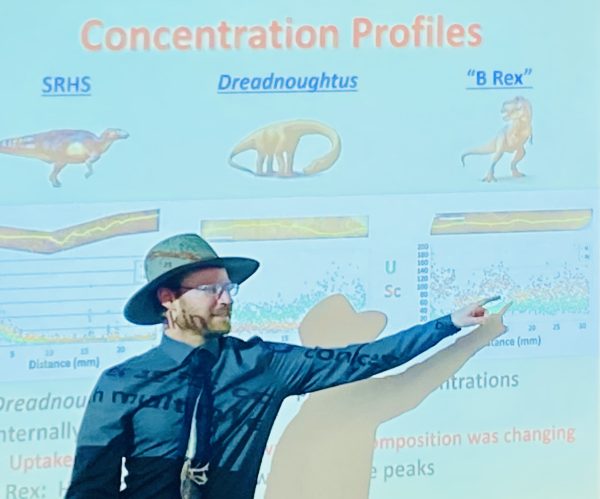Major of the week, petroleum engineering

Petroleum engineering students can look forward to a career interacting with multiple petroleum products. Illustration courtesy of pixabay.com
November 1, 2016
When people think of the North Dakotan economy, it’s not unusual to think about oil and drilling. Especially as of late, with the pipeline protests out in Cannon Ball , N.D. sparking debates across the country.
At UND, there are over 200 students who are studying and training for the controversial field of petroleum engineering.
For some petroleum engineering majors, they understand there is a social stigma connected to their program.
UND junior and petroleum engineer Dylan Willoughby feels there is a negative connotation for petroleum products, but the field of petroleum engineering is well respected. He blames underwhelming public knowledge and myths for these negative attitudes.
“One of [the myths] is that oil companies don’t want the public to know what they are pumping into the ground because they are toxic materials,” Willoughby said. “In reality, they don’t want the public to know because it gives them a competitive advantage.”
As for the major itself, UND professional advisor for petroleum engineers Baily Bubach said the program focuses on the efficiency of oil extraction.
“Their job is basically to [drill and extract] with the smallest amount of cost,” said Bubach. “It can cost up to $5 to 6 million per well. Just to drill that well. So the recovery of the well and minimizing the costs is very important.”
The process is not as easy as drilling a hole in the ground. There are a number of factors that go into extracting oil from the Earth.
“When you’re drilling straight down, you have a lot of things that are happening,” Bubach said. “You’re drilling into hard rock; you can have different pressures that cause different things to happen. Maybe the formation isn’t stable in some sections. You can have tools get stuck.”
Drill bits can cost up to $50,000. This leaves very margin of error.
A significant amount of the student’s time and training is centered on the Bakken. In western North Dakota, the drilling require unconventional drilling due to “Bakken shale.” The method of choice is called “hydraulic fracturing.”
Instead of drilling vertically, hydraulic fracturing involves drilling horizontally. This method requires drilling vertically almost 10,000 feet down, then almost 8,000 feet horizontally.
One would reasonably conclude that this program would require a number of sleepless nights and some of the hardest curriculum offered at UND, but Willoughby has been able to handle the “intense” workload. He said graduating in four years requires 16-18 credits per semester.
Requirements include a wide range of courses in mathematics, geology, physics and petroleum drilling. Bubach said that there are a number classes regarding theoretical content, but UND has been adding more engineering-applicable content to advance a hands-on element.
Those who are driving home for the holidays have noticed that the price at the pump has been low for quite some time. This has been a major issue for graduated college students trying to get into the field.
Another threat to the field is the advancement of renewable energy sources. Despite these issues, Willoughby is confident that they job market will not run dry.
“Oil will have a major spot in the world’s economy for at least the next 75-100 years,” Willoughby said. “The wind turbine’s wings are made from fiberglass and steel. It is impossible to make fiberglass without petroleum products. Also there is a lot of fuel used to make and transport the turbines.”
Jacob Notermann is a staff writer for the Dakota Student. He can be reached at [email protected]











